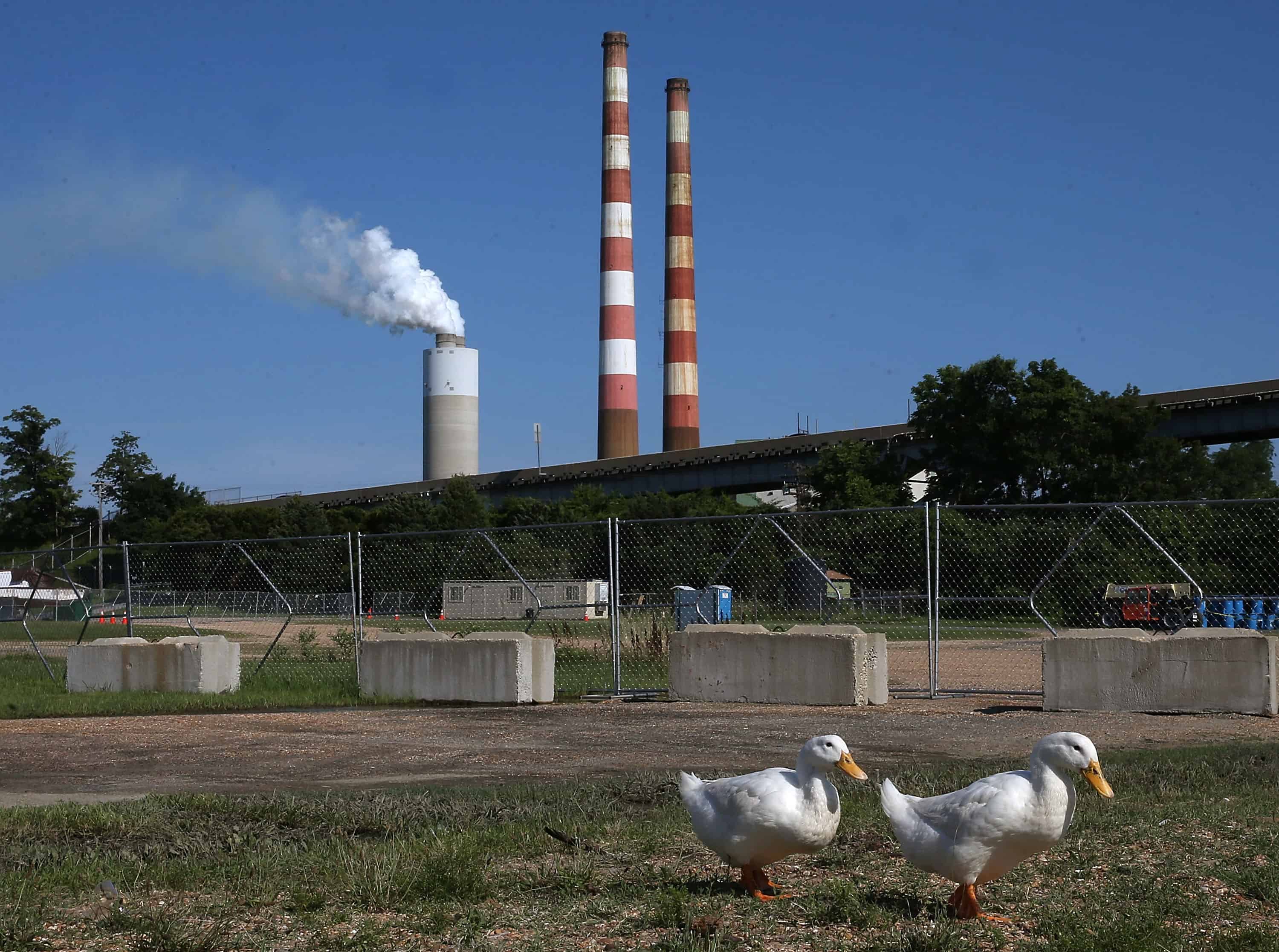On Monday, the Obama administration plans to release the finalized Clean Power Plan, the president’s flagship policy to combat global warming. The plan is aimed at the electricity sector, which generates the largest single slice, 31 percent, of U.S. greenhouse-gas emissions.
The final rule, which officials say will be part of a major new climate push by the president, is likely to both thrill environmental groups and pique industry — it seeks to achieve even deeper cuts than the 2014 proposed plan.
Here are some things you need to know about the plan and its significance:
What is the Clean Power Plan?
The Clean Power Plan is a regulation advanced by the Environmental Protection Agency under the Clean Air Act that would cut carbon dioxide emissions from U.S. power plants 32 percent below their 2005 levels by the year 2030. The rule works by requiring states to make their own cuts — each state is given a different emissions reduction goal under the plan and will have various options for hitting its target.
Those options, dubbed “building blocks,” can include increasing the percentage of a state’s electricity that comes from renewable sources such as solar and wind; increasing efficiency at power plants so that they generate more electricity with fewer emissions; and switching away from coal-fired power plants and toward natural-gas generation, which is less carbon intensive.
It’s important to note that most of these changes — more renewables, more natural gas, fewer coal-fired power plants — are happening anyway.
How is the final rule different from the proposed rule?
It’s tougher. The original rule, proposed in June 2014, would have achieved only a 30 percent emissions reduction below 2005 levels by 2030. The final rule achieves a 9 percent greater cut, according to a summary provided by the administration. At the same time, the final rule gives states two extra years to get started.
Moreover, although the final plan has not yet been released, an administration fact sheet says that these emissions reduction goals will be less reliant on a growth in electricity generation from natural gas than was the case with the earlier proposal. According to the summary, the new rule will include an Clean Energy Incentive Program, which will promote “early deployment of renewable energy and energy efficiency.” As a result, there will be less of an “early rush to gas.”
It’s important to note that while generating electricity by burning natural gas generally emits only about half as much carbon dioxide as does generating it by burning coal, generating it from solar arrays or wind turbines doesn’t emit any at all. Furthermore, some environmentalists argue that methane leaks from shale gas sites offset much of the advantage of natural gas over coal.
Consequently, the more states respond to the Clean Power Plan by upping their renewables, the more the nation’s emissions as a whole will decline.
Why is the Obama administration using the EPA to control emissions?
This wasn’t the original plan. When President Barack Obama came into office in 2009, the administration wanted a cap-and-trade bill, which eventually died in the Senate. And there are many other proposed options for combating climate change, including a revenue-neutral carbon tax combined with a dividend.
These proposals might be more popular than an EPA-centered approach, but gridlock in Congress has prevented their passage. They might also be harder to challenge legally; lawsuits are expected over the final Clean Power Plan.
Meanwhile, in the 2007 case of Massachusetts v. EPA, the Supreme Court found that greenhouse gases counted as “air pollutants” under Clean Air Act definitions. In 2009, the EPA released an “endangerment finding” stating that carbon emissions endanger the public and proceeded to regulate them, first by focusing on automobiles and then turning its attention to power plants.
In light of this legal history, the move toward EPA regulation was probably bound to happen eventually.
What are the costs likely to be?
There’s a big debate over what the economic costs of EPA’s proposed Clean Power Plan would be — with many studies reaching different conclusions.
The administration itself says that the final plan will “save the average American family $85 annually on their energy bill by 2030.” It also says there will be immense public health benefits to cleaning the air, resulting in “an 88 percent decline in premature death.”
But critics are likely to see more costs than benefits. To give one example, in 2014 the U.S. Chamber of Commerce’s Institute for 21st Century Energy released a much-cited report asserting that the nation’s GDP would take a $51 billion annual hit from emissions cuts such as those that were then expected to be required by EPA. But the Chamber report also made several assumptions that differed from the EPA’s proposed plan.
Does this really do anything to combat global warming?
The United States can only address its own contributions to global warming, and we are now the second-largest emitter — after China.
Nonetheless, the plan is the centerpiece of the Obama administration’s push to cut emissions. And the administration says it should put the United States on course for reducing power-sector emissions 27 percent below their 2005 levels by the year 2020.
The United States has pledged, as part of United Nations climate negotiations, to reduce total emissions, from the power sector and beyond, by 26 percent to 28 percent below 2005 levels by 2025. In combination with other measures, the newly released Clean Power Plan will be a key component of getting there.
© 2015, The Washington Post






